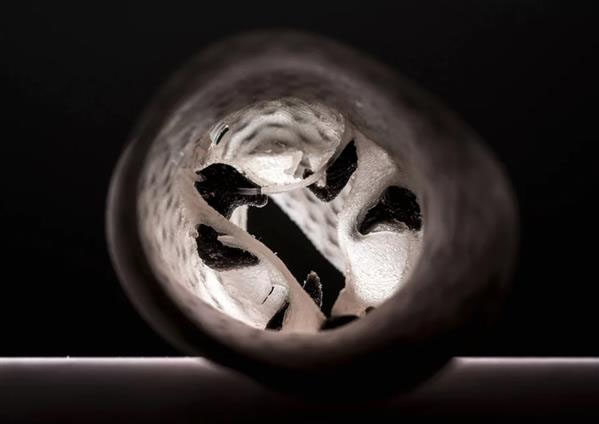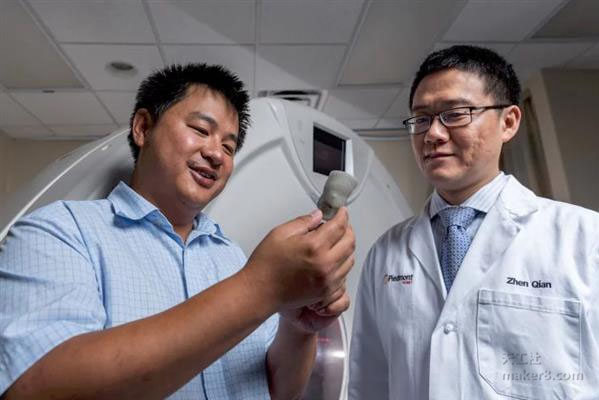A team of researchers at the Georgia Institute of Technology Manufacturing is developing a 3D printed replica of a patient's heart valve that can help patients with heart disease.
Based on CT scan imaging, engineers can now 3D print an exact replica of a single patient's heart valve. These customized models match the size and proportion of the patient's heart valves and, more importantly, they also have a physiological texture. Its appearance will bring many people back from the ghost gate.
3D printing is used in many areas, and the Georgia Tech initiative first applies it to situations where aortic stenosis causes left ventricular contraction, forcing the heart to overwork. Aortic stenosis usually occurs in elderly patients and is becoming more common as the population ages. If left untreated, it can cause serious complications, even heart failure.

3D printed heart valve carefully reproduces the patient's biological valve
The conditions of treatment are difficult to achieve. In addition to open surgery, the surgeon can perform catheter aortic valve replacement (TAVR), using a catheter to replace the patient's damaged valve with a prosthesis. Prosthetic valves are readily available, but it is very difficult to match the prosthesis to the patient's heart valve. A perfect prosthesis is essential to prevent blood from leaking around the implant.
“The problem is that everyone has a different physiological structure,†explains Chuck Zhang, a professor at the Stewart School of Industrial and Systems Engineering. “First men and women are different. This is a great challenge.â€
This time the 3D printing model is useful. A prosthesis that fits the patient's own can be made by CT scan data of the patient's own valve.

Georgia Institute of Technology researcher Kan Wang (left) and Zhen Qian of the Piedmont Heart Institute studied a 3D printed heart valve
Biometric Tablet,Fingerprint Tablet,Android Fingerprint Tablet,Biometric Waterproof Fingerprint Tablet
Chongqing Huifan Technology Co., Ltd , https://www.huifantech.com